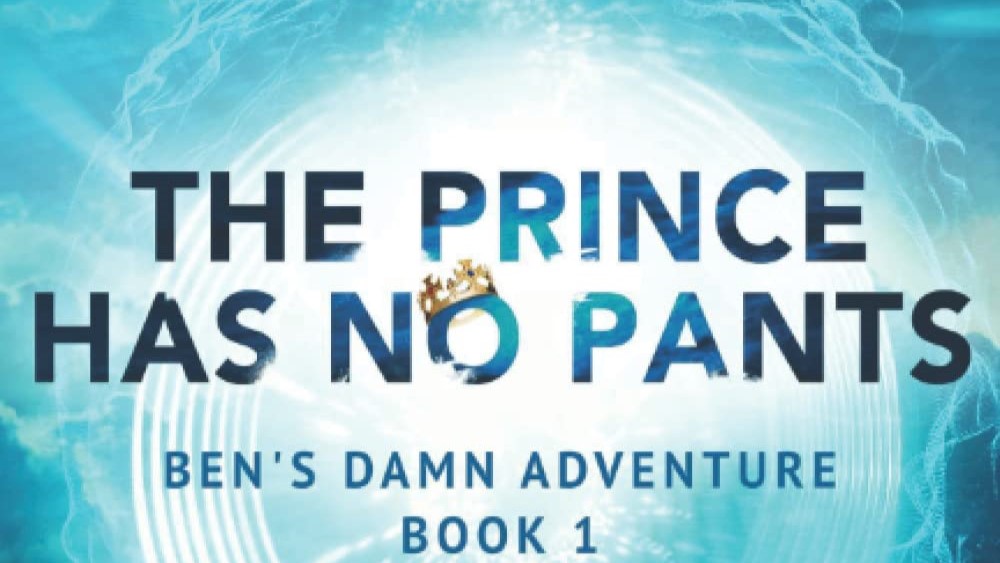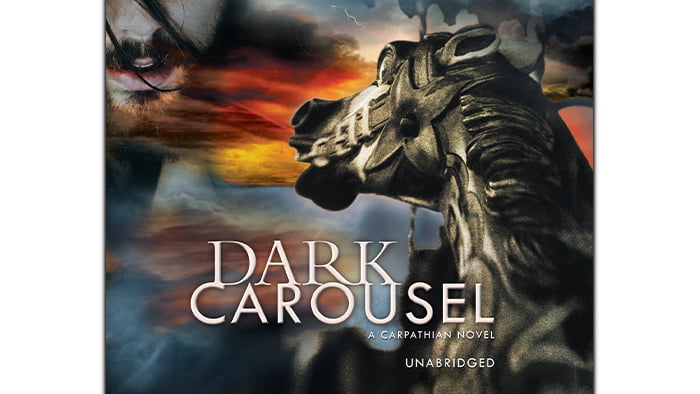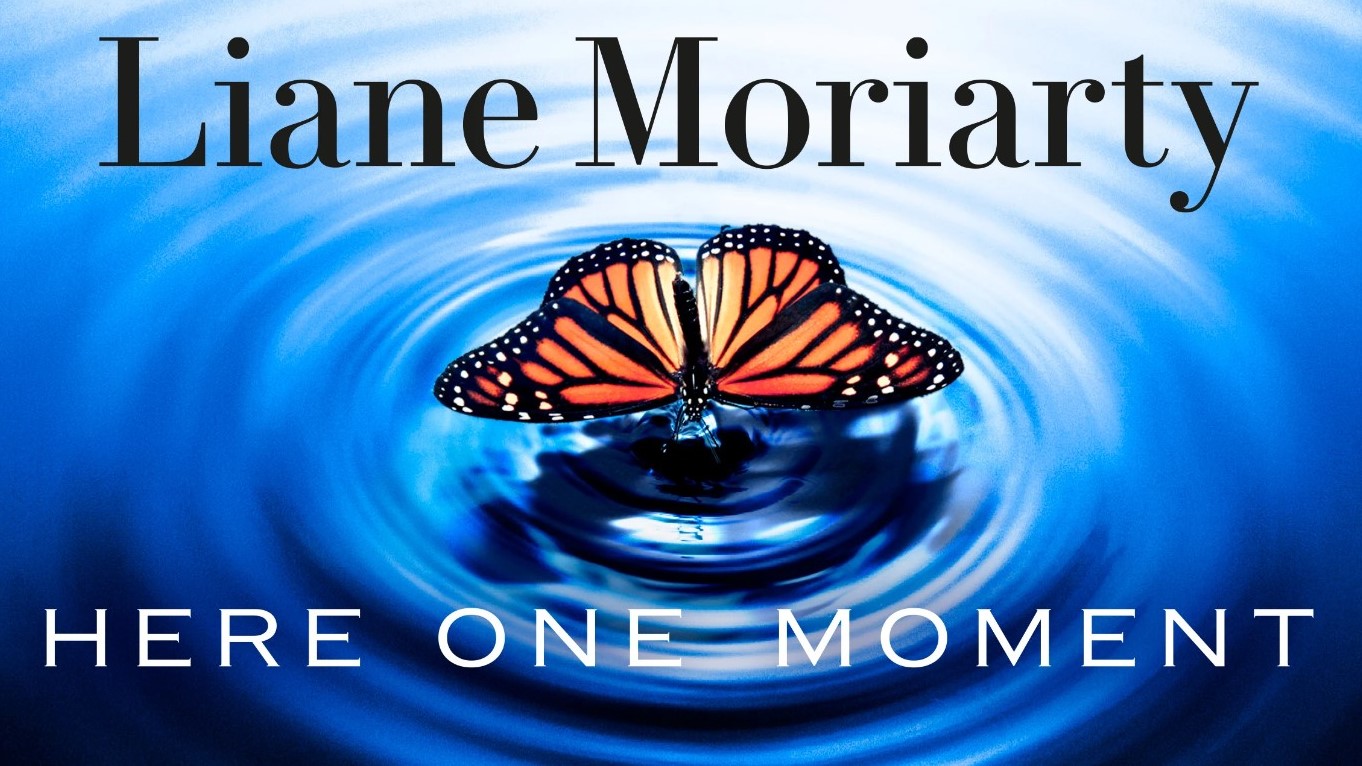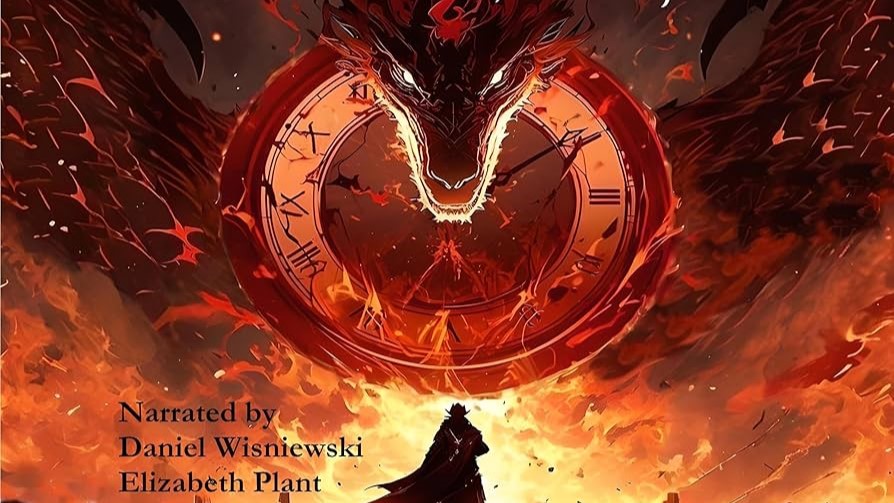Title: God of Fury: A Complex Exploration of Power Dynamics in MM Romance
Critical Analysis:
“God of Fury,” the fifth installment in Rina Kent’s Legacy of Gods series, represents a significant contribution to the evolving landscape of MM romance literature, particularly in its intersection with mafia fiction and psychological exploration.
Structural Analysis:
- Narrative Architecture
- Dual perspective storytelling
- Gradual power dynamic evolution
- Psychological tension building
- Complex character relationship development
- Thematic Development The work explores several fundamental themes:
- Identity and sexual awakening
- Power dynamics in relationships
- Violence versus vulnerability
- Family legacy conflicts
- Personal transformation
Critical Elements:
First, regarding narrative methodology, the novel employs:
- Character archetype subversion
- Psychological complexity
- Sexual identity exploration
- Power dynamic examination
The work stands out for its handling of:
- Character Development
- Complex protagonist evolution
- Nuanced antagonist-to-lover transformation
- Psychological depth in supporting characters
- Family dynamic exploration
- Relationship Dynamics
- Power balance exploration
- Consent and control themes
- Trust building progression
- Identity acceptance journey
- Social Commentary
- Mafia culture examination
- Sexual identity in criminal contexts
- Family loyalty versus personal truth
- Violence and intimacy intersection
Literary Merit:
The novel contributes significantly to several genres:
- MM Romance
- Sexual identity exploration
- Power dynamic innovation
- Emotional depth development
- Mafia Fiction
- Traditional trope subversion
- Complex moral landscapes
- Family loyalty examination
- Psychological Fiction
- Character motivation depth
- Identity crisis exploration
- Trauma impact analysis
Critical Considerations:
Notable strengths include:
- Sophisticated character psychology
- Complex power dynamics
- Sexual identity exploration
- Family conflict integration
Areas warranting examination:
- Violence portrayal balance
- Sexual content integration
- Power dynamic ethics
- Identity crisis resolution
The work excels in:
- Narrative Innovation
- Genre blending
- Character archetype subversion
- Power dynamic exploration
- Psychological Depth
- Character motivation complexity
- Identity struggle portrayal
- Trauma impact examination
- Relationship Development
- Power balance evolution
- Trust building progression
- Intimacy exploration
Conclusion:
“God of Fury” represents a significant achievement in contemporary MM romance, particularly in its integration of mafia elements and psychological depth. The work succeeds in:
- Genre Innovation
- Blending multiple genre elements
- Subverting traditional tropes
- Creating complex character dynamics
- Character Development
- Deep psychological exploration
- Complex motivation portrayal
- Nuanced relationship building
- Thematic Depth
- Power dynamic examination
- Identity crisis exploration
- Family loyalty analysis
The novel’s greatest strength lies in its ability to balance multiple elements:
- Romance and violence
- Power and vulnerability
- Identity and family loyalty
- Personal truth and social expectation
This work contributes significantly to:
- MM romance evolution
- Mafia fiction development
- Psychological character exploration
- Sexual identity literature
- Power dynamic examination
While certain aspects might challenge some readers, the overall achievement in character development, psychological depth, and relationship exploration makes “God of Fury” a notable contribution to contemporary romance literature, particularly in its handling of complex themes and character dynamics.
For readers interested in sophisticated character studies, complex power dynamics, and nuanced exploration of identity and sexuality within challenging contexts, this work offers substantial material for consideration and analysis.
The novel successfully establishes new possibilities for MM romance while maintaining emotional authenticity and psychological complexity, suggesting promising directions for future genre development.
 Skip to content
Skip to content









Thanks you
This is amazing
The maddest obsession by danielle lori the darkest temptation by danielle
Can you please upload book 4 God of Ruin?
Please release God of wrath and God of ruin by rina Kent
Please release God of war by Rina Kent, book 6 of the series legacy of gods.
Please upload the rest of the series and please do “does it hurt” by H. D. Carlton thank youu
Appreciate this sm. Could you release the other books too please. (God of Ruin and God of War)
i was searching for this masterpiece from such a long time . A big thank you from my side and other readers . THANK YOU !!!!
Can you please do Kiss the villain by Rina kent once it was released?
Can you please do my pucking crush by tori chase please
Can you please post perfect strangers jt geissinger
Can you please post For the fans by Nayla K.
Can you please do my pucking crush by tori chase please
Appreciate this…
Could you please do Demise by Katelyn Taylor please
Please upload book 6 god of war…